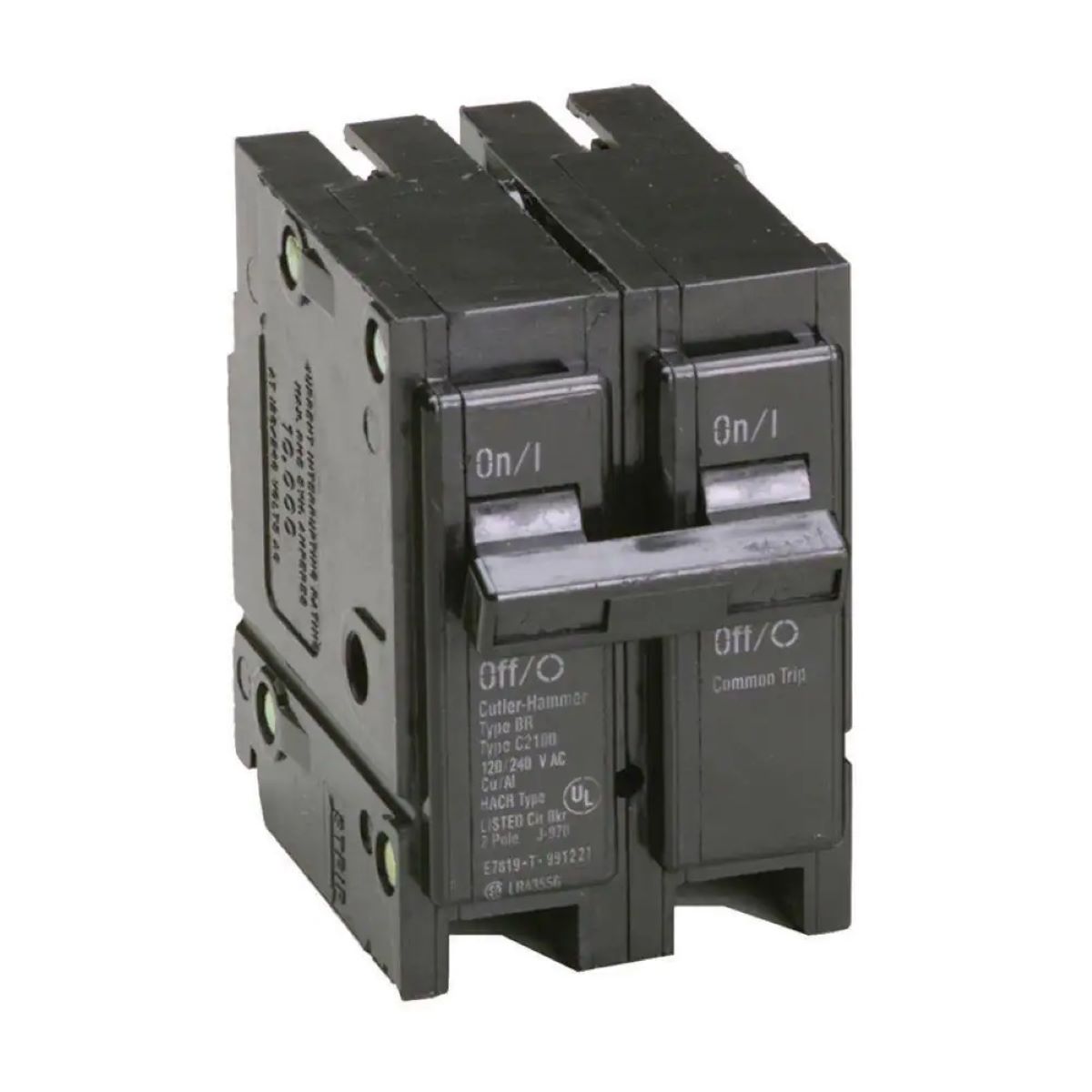

Articles
What Are 30 Amp Double Pole Breakers Used For
Modified: January 9, 2024
Discover the uses and benefits of 30 amp double pole breakers in this informative article. Learn how they provide enhanced safety and protection for electrical circuits.
(Many of the links in this article redirect to a specific reviewed product. Your purchase of these products through affiliate links helps to generate commission for Storables.com, at no extra cost. Learn more)
Introduction
A 30 amp double pole breaker is an essential component of an electrical system. It is designed to protect electrical circuits from overloads and short circuits. In this article, we will explore the definition of a 30 amp double pole breaker and discuss its importance in electrical systems.
A double pole breaker is a type of circuit breaker that is capable of simultaneously interrupting two separate electrical circuits. It is called a “double pole” breaker because it has two sets of contacts that can open and close the circuit. The 30 amp rating indicates the maximum amount of current the breaker can handle without tripping.
Breakers are crucial in electrical systems as they provide protection against electrical faults and prevent damage to appliances and wiring. They act as a safety mechanism by automatically disconnecting the circuit when it detects an overload or a short circuit. This helps to prevent overheating of wires, potential electrical fires, and other hazardous situations.
Without breakers, electrical systems would be at risk of damage due to excessive current flow. Overloaded circuits can cause wires to heat up, potentially leading to electrical fires. A short circuit, on the other hand, occurs when there is a direct path between the hot wire and the neutral or ground wire. This can result in a sudden surge of current, leading to damage of appliances and electrical components.
In order to prevent such hazards, breakers are installed at the distribution panel or breaker box, where they monitor and control the flow of electricity to individual circuits. When an overload or short circuit occurs, the breaker automatically trips, interrupting the flow of electricity and effectively shutting down the circuit.
Having a clear understanding of the role and importance of breakers in electrical systems can help us better appreciate the significance of a 30 amp double pole breaker. By providing reliable protection against overloads and short circuits, these breakers ensure the safe operation of electrical circuits and the appliances connected to them.
Key Takeaways:
- 30 amp double pole breakers are essential for protecting electrical circuits from overloads and short circuits, ensuring the safety of appliances and preventing potential hazards such as electrical fires.
- Proper installation, regular maintenance, and adherence to safety guidelines are crucial for the effective operation and longevity of 30 amp double pole breakers, emphasizing the importance of electrical safety in dealing with breakers.
Read more: What Are Double Breakers Used For
Understanding Breakers
Now that we have established the importance of breakers in electrical systems, let’s dive deeper into how they work and the different types available.
How circuit breakers work
Circuit breakers are designed to monitor the flow of electricity through a circuit and protect it from any abnormalities that could lead to damage or hazards. They consist of three main components: a switch, a trip mechanism, and a protective element.
The switch allows the circuit to be manually turned on or off. When the switch is in the “on” position, electricity flows through the breaker and the circuit is complete. However, when the switch is in the “off” position, the breaker is open and no electricity flows.
The trip mechanism is responsible for automatically opening the breaker in case of an overload or short circuit. It consists of a bi-metallic strip or an electromagnet that responds to changes in current flow. When the current exceeds the designated limit, the trip mechanism is activated, causing the switch to open and interrupting the flow of electricity.
The protective element, often in the form of a spring-loaded mechanism, ensures that the switch is held firmly against the contacts when the breaker is closed. This helps to maintain a secure connection and prevent arcing or sparking that could lead to fire or damage.
Different types of circuit breakers
There are several types of circuit breakers available, each suited for specific applications and electrical requirements. The most common types include:
- Standard circuit breakers: These breakers are designed to protect general-purpose circuits in residential, commercial, and industrial settings. They come in various amp ratings to cater to different load requirements.
- GFCI (Ground Fault Circuit Interrupter) breakers: GFCI breakers are specifically designed to protect against electrical shock in locations where water is present, such as kitchens, bathrooms, and outdoor areas. They monitor the current balance between the hot and neutral wires and trip if any imbalance is detected.
- AFCI (Arc Fault Circuit Interrupter) breakers: AFCI breakers are designed to detect and prevent the risk of electrical fires caused by arcing faults. They monitor the circuit for any abnormal arcing patterns and trip if such a fault is detected.
- Combination AFCI/GFCI breakers: These breakers combine the features of both AFCI and GFCI breakers, providing protection against both electrical shock and fire hazards.
- Special-purpose breakers: There are also breakers designed for specific applications, such as for protecting large motors or HVAC systems.
Each type of breaker serves a unique purpose and provides specific protection for different electrical scenarios. Understanding the different types of circuit breakers can help you choose the right one for your specific electrical needs.
Uses of 30 Amp Double Pole Breakers
A 30 amp double pole breaker serves various purposes in both residential and commercial/industrial electrical installations. Let’s explore some common applications and specific devices that require a 30 amp double pole breaker.
Read more: What Size Electrical Wire For 30 Amp Breaker
Residential applications
In residential settings, a 30 amp double pole breaker is used to provide power to high-demand appliances and circuits. Here are a few examples:
- Electric stove or oven: These appliances typically require a 30 amp circuit to handle the high electrical load needed for cooking.
- Electric water heater: Water heaters that run on electricity often demand a 30 amp circuit for efficient heating.
- Central air conditioning units: If you have a larger, high-capacity air conditioner, it may require a 30 amp circuit for adequate power supply.
- Electric vehicle charging stations: As electric vehicles become more popular, homeowners may choose to install a dedicated 30 amp circuit for charging their vehicles at home.
These are just a few examples of the many residential applications that rely on a 30 amp double pole breaker for safe and efficient operation. It is crucial to ensure that the electrical load of these devices is compatible with the breaker’s capacity to avoid overloading or potential damage.
Commercial and industrial applications
In commercial and industrial settings, 30 amp double pole breakers are utilized for a wide range of applications. Some common uses include:
- Commercial kitchen equipment: Cooking appliances, such as commercial ovens or fryers, often require a 30 amp circuit to handle the high power demands of commercial kitchens.
- Heavy machinery: Industrial equipment, such as large motors or heavy-duty machinery, may need a 30 amp double pole breaker to supply sufficient power for their operation.
- Commercial HVAC systems: Heating, ventilation, and air conditioning systems in commercial buildings often require higher amp circuits, including 30 amp breakers, to meet the cooling or heating demands of large spaces.
- Data centers or server rooms: High-powered servers and IT equipment in data centers or server rooms may necessitate a dedicated 30 amp circuit for reliable and uninterrupted power supply.
These are just a few examples of how 30 amp double pole breakers are used in commercial and industrial applications. It is important to consider the specific power requirements of the equipment or machinery being used and ensure that the breaker’s capacity matches those requirements.
Examples of specific devices that require a 30 amp double pole breaker
In addition to the examples mentioned above, there are several other devices and appliances that commonly require a 30 amp double pole breaker. These include:
- Electric dryers
- Electric water pumps
- Electric sauna heaters
- Workshop power tools
- Sump pumps
- Garage door openers
These devices typically require a higher amp breaker to accommodate their power needs and ensure safe operation.
By understanding the various residential and commercial applications of 30 amp double pole breakers and the specific devices that require them, you can ensure the proper electrical supply for your appliances and equipment.
Installation and Maintenance
Proper installation and regular maintenance of a 30 amp double pole breaker are essential for ensuring the safe and efficient operation of your electrical system. Let’s explore the steps for installing a 30 amp double pole breaker and provide some maintenance and troubleshooting tips.
Read more: What Are 15 Amp Breakers Used For
Steps for installing a 30 amp double pole breaker:
- Begin by switching off the main power supply to the breaker box. This will ensure your safety during the installation process.
- Identify an available slot in the breaker box where you want to install the 30 amp double pole breaker. Make sure the slot is designed to accommodate the size of the breaker.
- Remove the covering from the breaker box and carefully insert the 30 amp double pole breaker into the chosen slot. Ensure that the breaker lines up with the bus bars in the box.
- Tighten the screws or clips provided with the breaker to secure it to the bus bars. Make sure the breaker is firmly in place.
- Connect the wires from the circuit you are protecting to the appropriate terminals on the breaker. Follow the manufacturer’s instructions for proper wiring techniques and ensure all connections are secure.
- Double-check all connections and ensure there are no loose wires or exposed conductors.
- Replace the covering on the breaker box and switch the main power supply back on.
- Test the circuit connected to the new 30 amp double pole breaker to ensure it is functioning correctly.
Regular maintenance and troubleshooting tips:
Maintaining your 30 amp double pole breaker is crucial to prevent potential issues and ensure the safety of your electrical system. Here are some maintenance tips and troubleshooting techniques:
- Inspect for any signs of damage: Regularly check the breaker for any signs of wear, loose connections, or damage. Replace any faulty breakers immediately.
- Test the breaker operation: Periodically test the breaker functionality by tripping and resetting it. This helps ensure that it is functioning correctly and responding to potential faults.
- Keep the breaker box clean: Routinely clean the breaker box to remove any dust, debris, or contaminants that could interfere with proper breaker operation.
- Do not overload the circuit: Be cautious not to exceed the amp rating of the breaker by connecting devices or appliances that draw more current than the breaker can handle.
- Properly label the breaker box: Ensure that all breakers are correctly labeled to easily identify the circuits they protect. This will aid in troubleshooting and maintenance.
- Consult a professional when necessary: If you encounter any electrical issues or are unsure about proper maintenance procedures, it is best to seek professional assistance to avoid potential risks.
By following these installation steps, performing regular maintenance, and implementing troubleshooting techniques, you can ensure the effective operation and longevity of your 30 amp double pole breaker.
Safety Precautions
When it comes to dealing with electricity and electrical systems, safety should always be a top priority. Breakers play a crucial role in maintaining the safety and protection of electrical circuits. Let’s discuss the importance of following electrical safety guidelines and the potential hazards associated with breakers.
Importance of following electrical safety guidelines:
Electrical safety guidelines are designed to protect individuals from the dangers of electric shock, electrocution, and fires caused by electrical faults. Here’s why it’s important to follow these guidelines:
- Preventing electrical accidents: Adhering to electrical safety practices helps reduce the risk of accidents, such as electric shocks, burns, or fires. It ensures that electrical systems and devices are installed, maintained, and used in a safe manner.
- Protecting property and assets: Electrical faults or malfunctions can cause significant damage to property and assets. Following safety guidelines helps minimize the risk of catastrophic events like electrical fires that can result in extensive property damage and loss.
- Maintaining a safe working environment: Safety guidelines help create a safe working environment, especially in commercial and industrial settings where workers may come into contact with high-voltage systems. This reduces the risk of workplace accidents and injuries.
- Ensuring compliance with regulations: Following electrical safety guidelines ensures compliance with local, national, and industry-specific electrical codes and regulations. Non-compliance can result in fines, penalties, and legal consequences.
By following electrical safety guidelines, you promote a safe and secure environment for yourself, your property, and those around you.
Read more: What Amp Breaker For An Air Conditioner
Potential hazards associated with breakers:
Although breakers are designed to protect electrical systems, they can pose potential hazards if not used or maintained correctly. Here are some hazards associated with breakers:
- Electric shock: Handling breakers or making incorrect connections without proper precautionary measures can result in electric shocks, which can cause serious injuries or even be fatal.
- Overheating and fire: If breakers are overloaded or if there are loose connections, it can lead to overheating of wires and electrical components, increasing the risk of electrical fires.
- Short circuits: Breakers play a critical role in protecting against short circuits. However, faulty breakers or inadequate circuit protection may fail to interrupt the electrical current during a short circuit, potentially causing damage to equipment and creating fire hazards.
- Improper maintenance: Failure to perform regular maintenance on breakers can lead to malfunctioning or defective components, decreasing their reliability and compromising safety.
These hazards highlight the importance of proper installation, maintenance, and usage of breakers to minimize the risk of accidents and maintain the safety of electrical systems.
It is crucial to prioritize electrical safety and take the necessary precautions when dealing with breakers or any other aspect of electrical systems. Following electrical safety guidelines and seeking professional assistance when needed will help ensure the safe and efficient operation of your electrical infrastructure.
Conclusion
In conclusion, 30 amp double pole breakers are crucial components of electrical systems, providing protection against overloads and short circuits. Throughout this article, we have explored various aspects of 30 amp double pole breakers, including their definition, importance, uses, installation and maintenance, safety precautions, and potential hazards.
We have learned that a 30 amp double pole breaker is designed to interrupt two separate electrical circuits simultaneously. It serves both residential and commercial/industrial applications, providing power to high-demand appliances and devices. Examples of specific devices that commonly require a 30 amp double pole breaker include electric stoves, water heaters, air conditioning units, and electric vehicle charging stations.
When it comes to installation and maintenance, it is vital to follow proper procedures and guidelines to ensure the safe and effective operation of the breaker. Regular inspections, testing, and cleaning are essential for identifying any faults or issues and maintaining the breaker’s performance. Safety precautions, such as adhering to electrical safety guidelines and considering potential hazards, should always be followed to minimize the risk of accidents and ensure the integrity of electrical systems.
In summary, 30 amp double pole breakers are crucial for maintaining the safety and functionality of electrical circuits. They protect against overloads and short circuits, preventing damage to appliances, wiring, and potential hazards such as electrical fires. Proper installation, regular maintenance, and adherence to safety guidelines are key in ensuring the longevity and reliability of these breakers.
Remember, consult with a qualified professional if you have any doubts or concerns regarding the installation or maintenance of 30 amp double pole breakers. Prioritizing electrical safety and understanding the significance of these breakers can greatly contribute to the overall safety and efficiency of your electrical system.
Frequently Asked Questions about What Are 30 Amp Double Pole Breakers Used For
Was this page helpful?
At Storables.com, we guarantee accurate and reliable information. Our content, validated by Expert Board Contributors, is crafted following stringent Editorial Policies. We're committed to providing you with well-researched, expert-backed insights for all your informational needs.
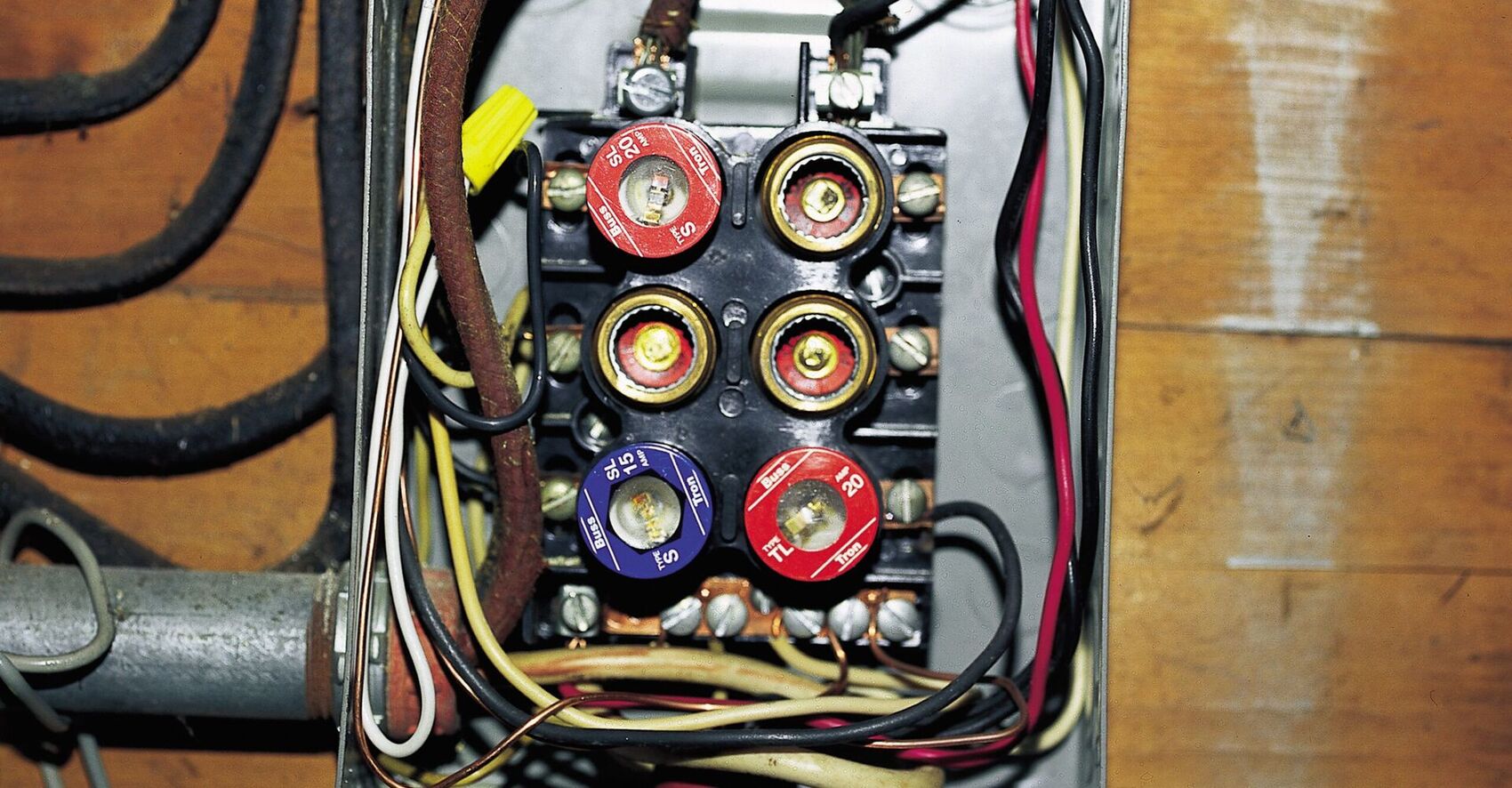
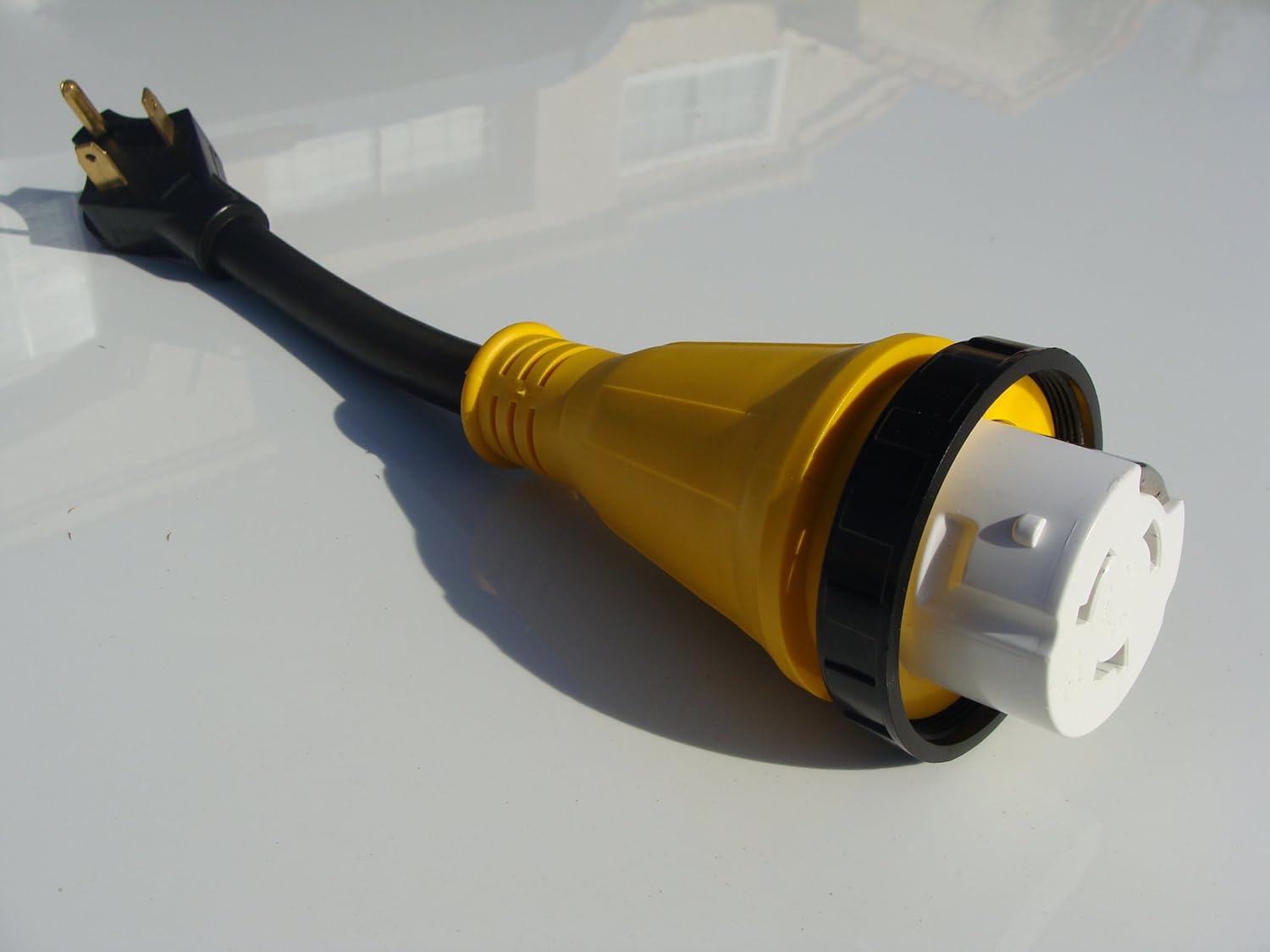
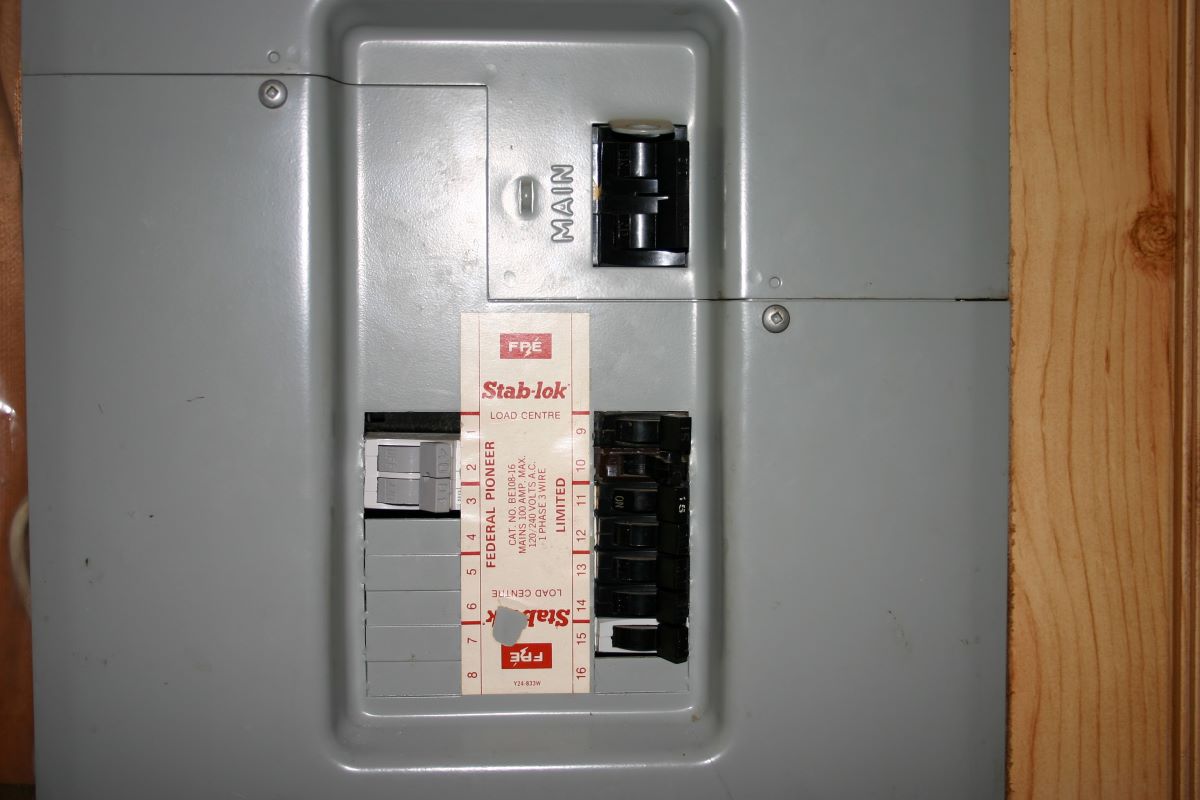
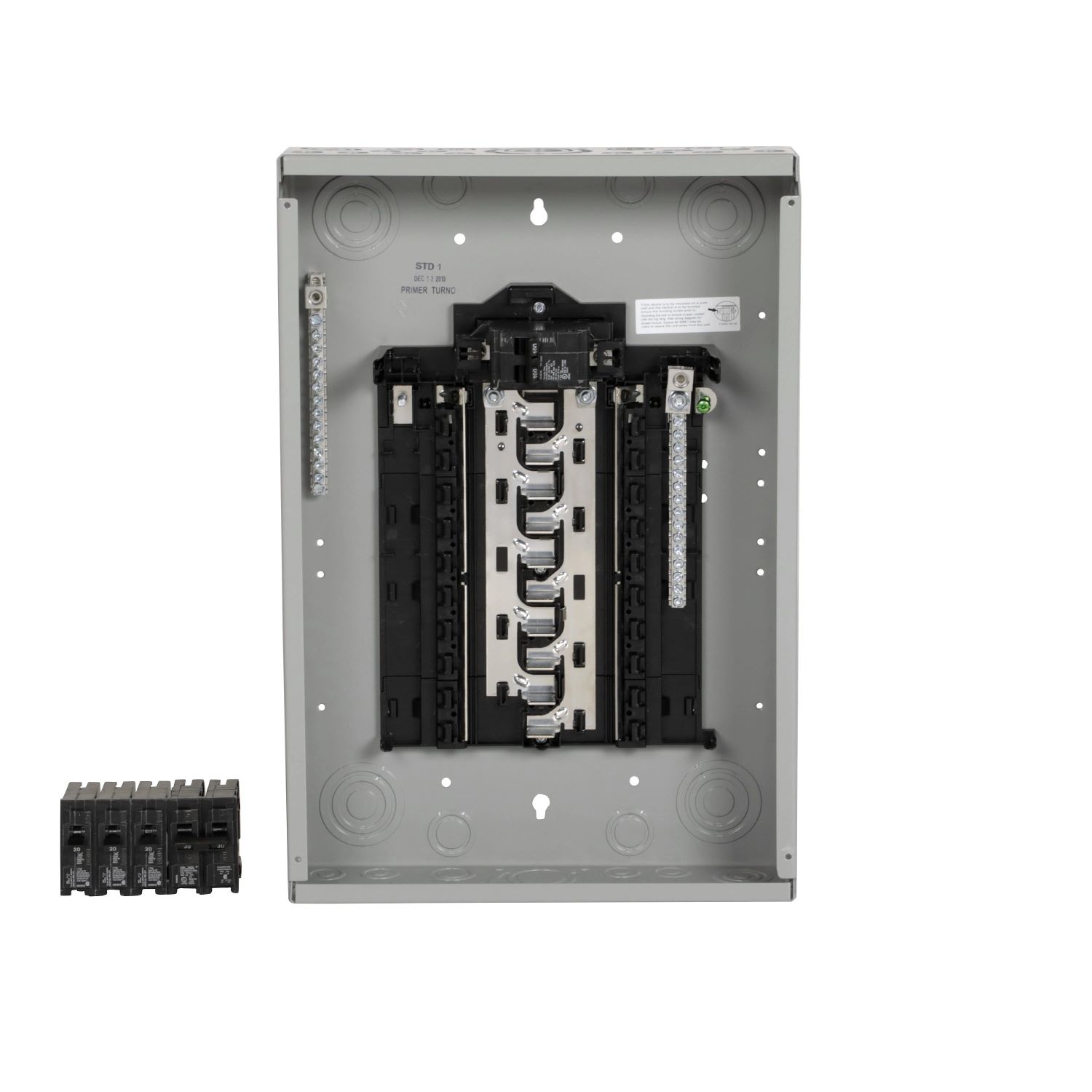
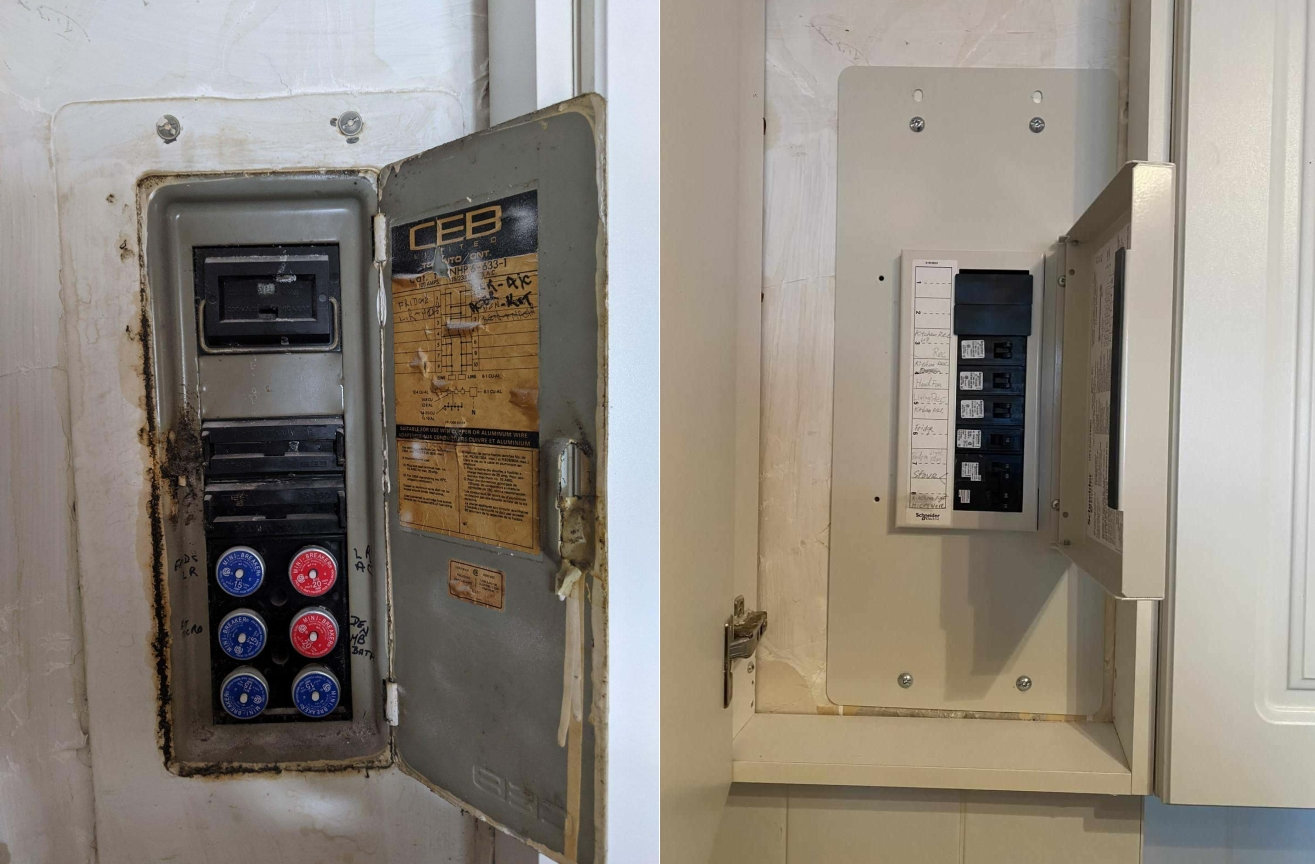
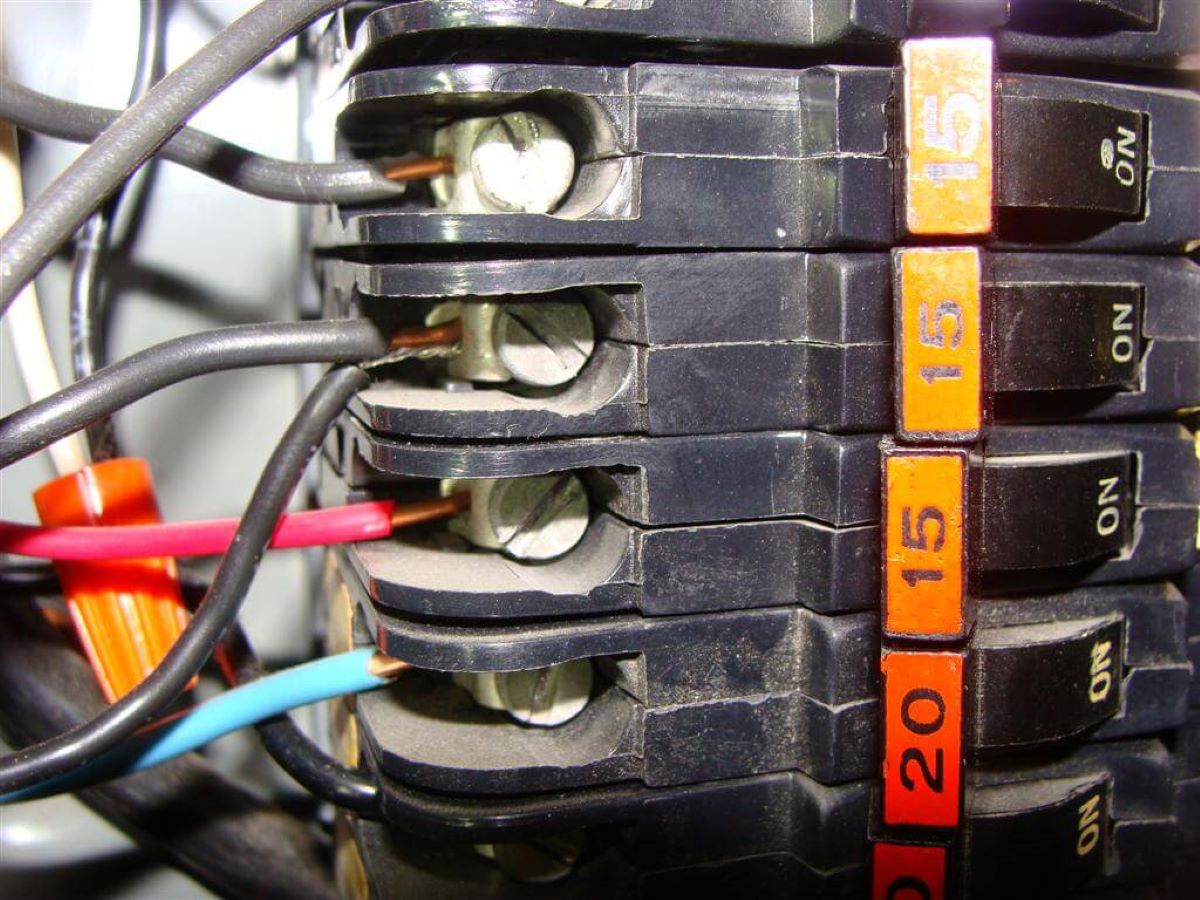
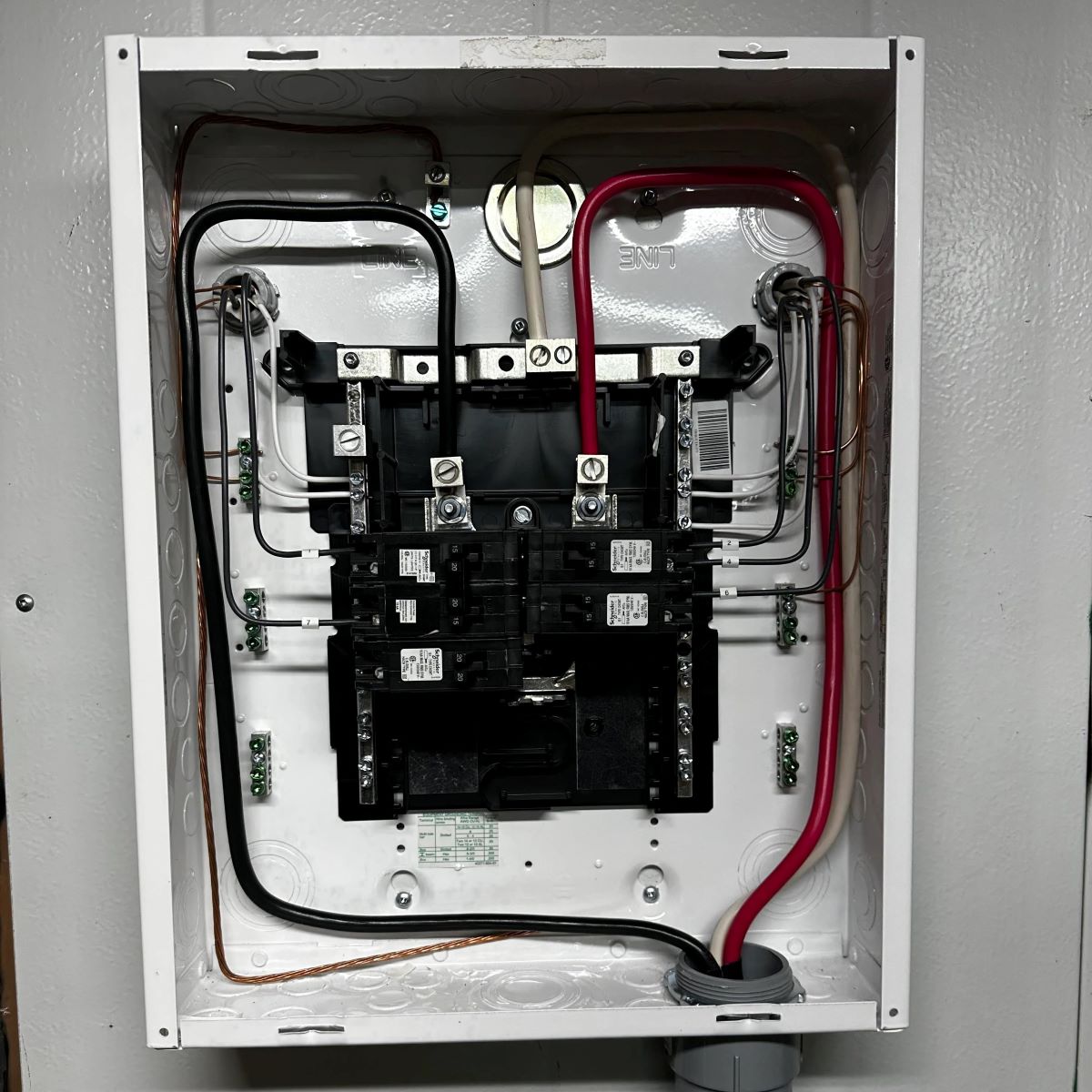
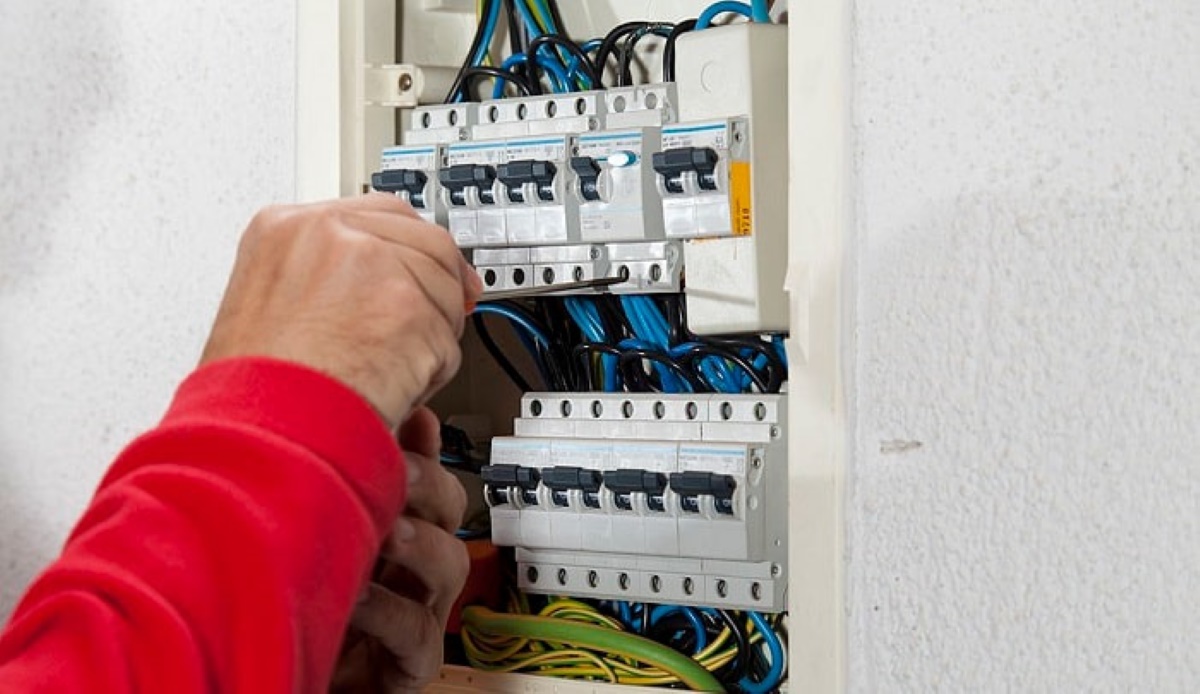
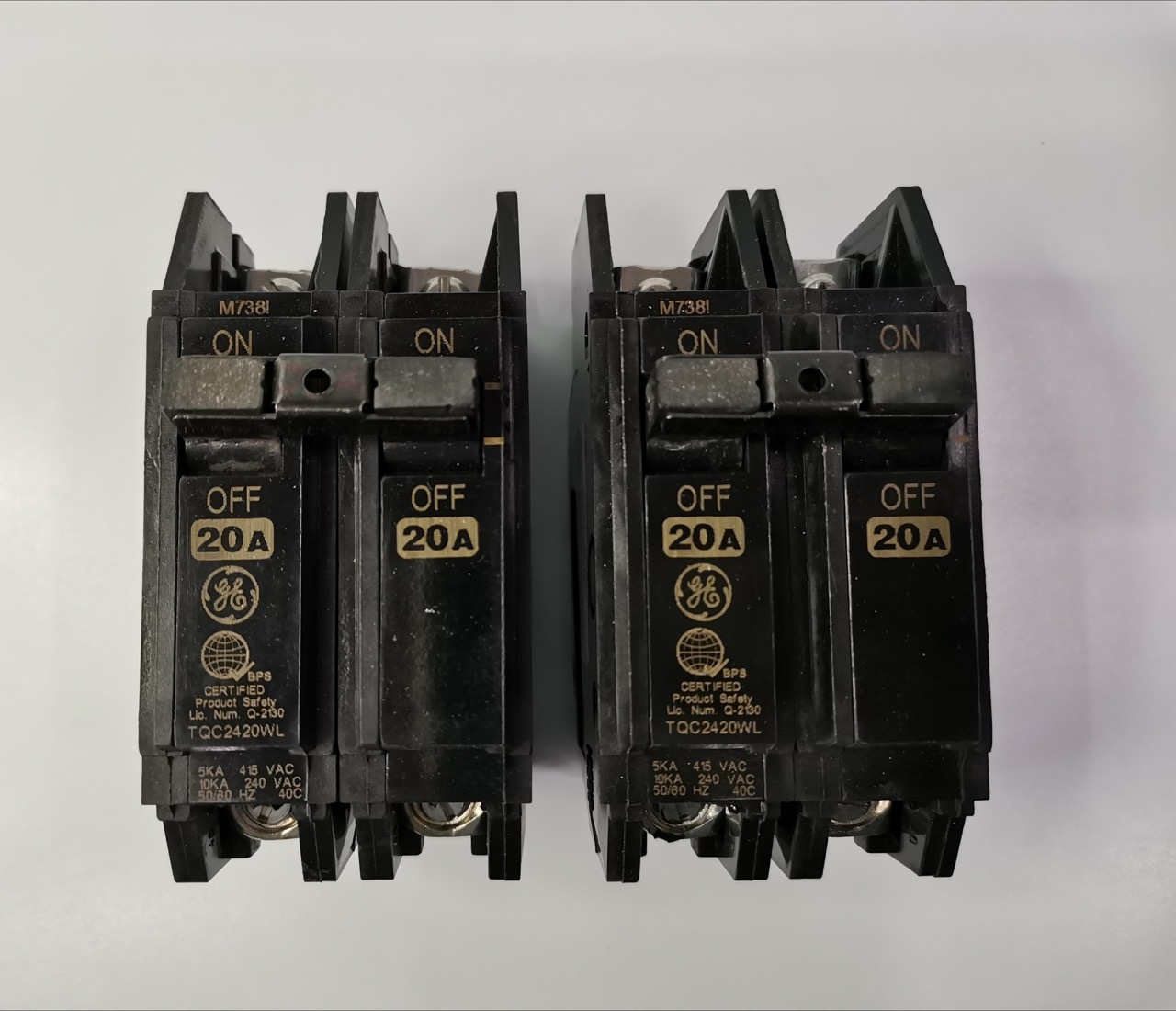
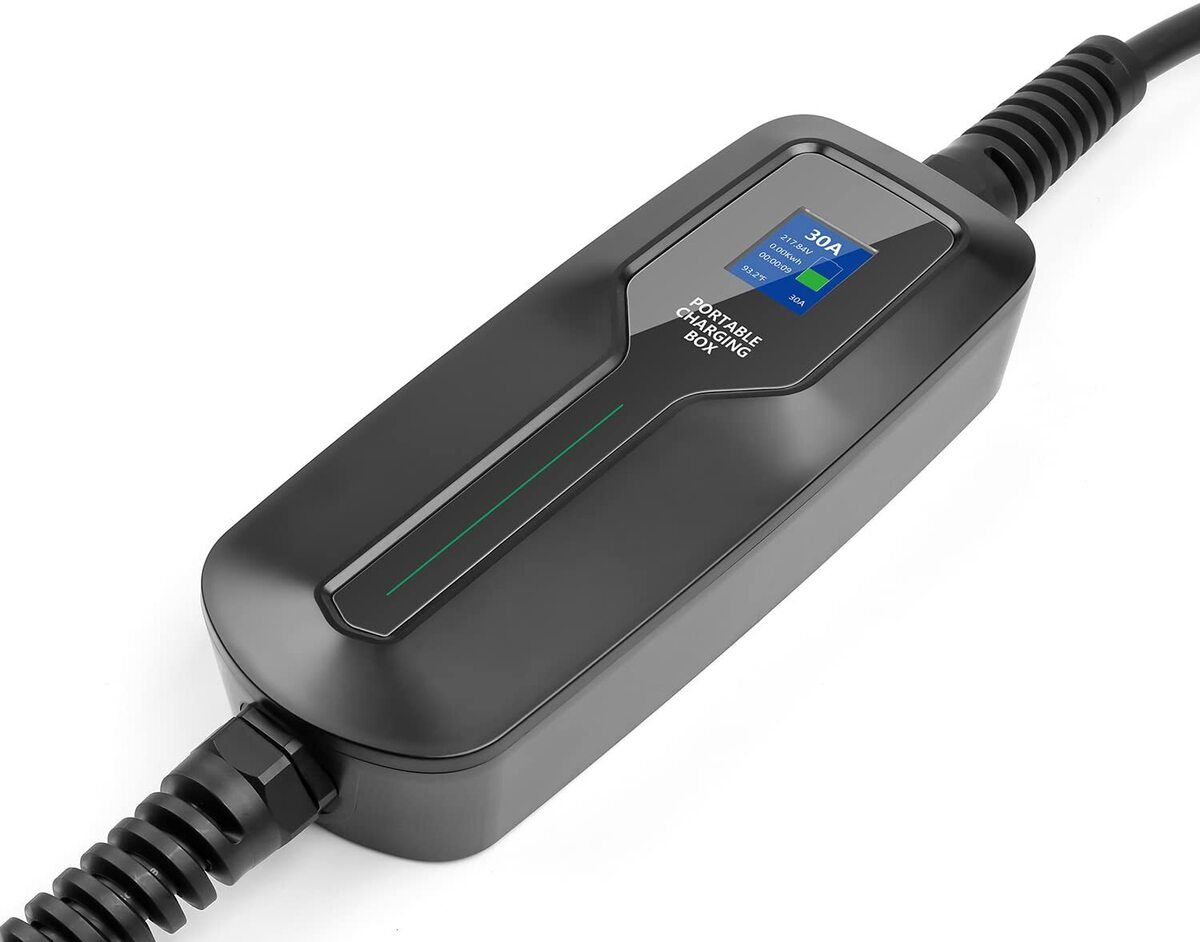
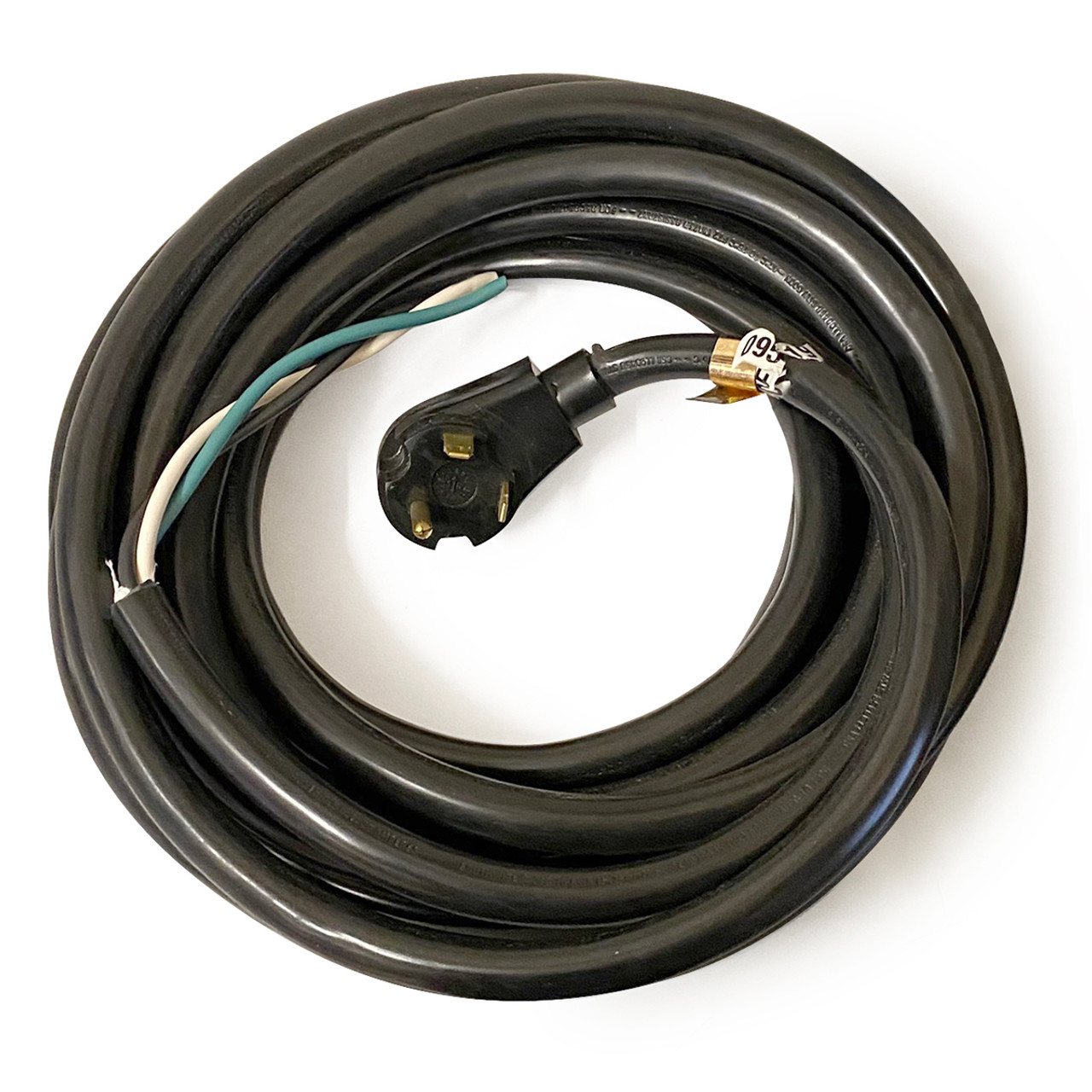
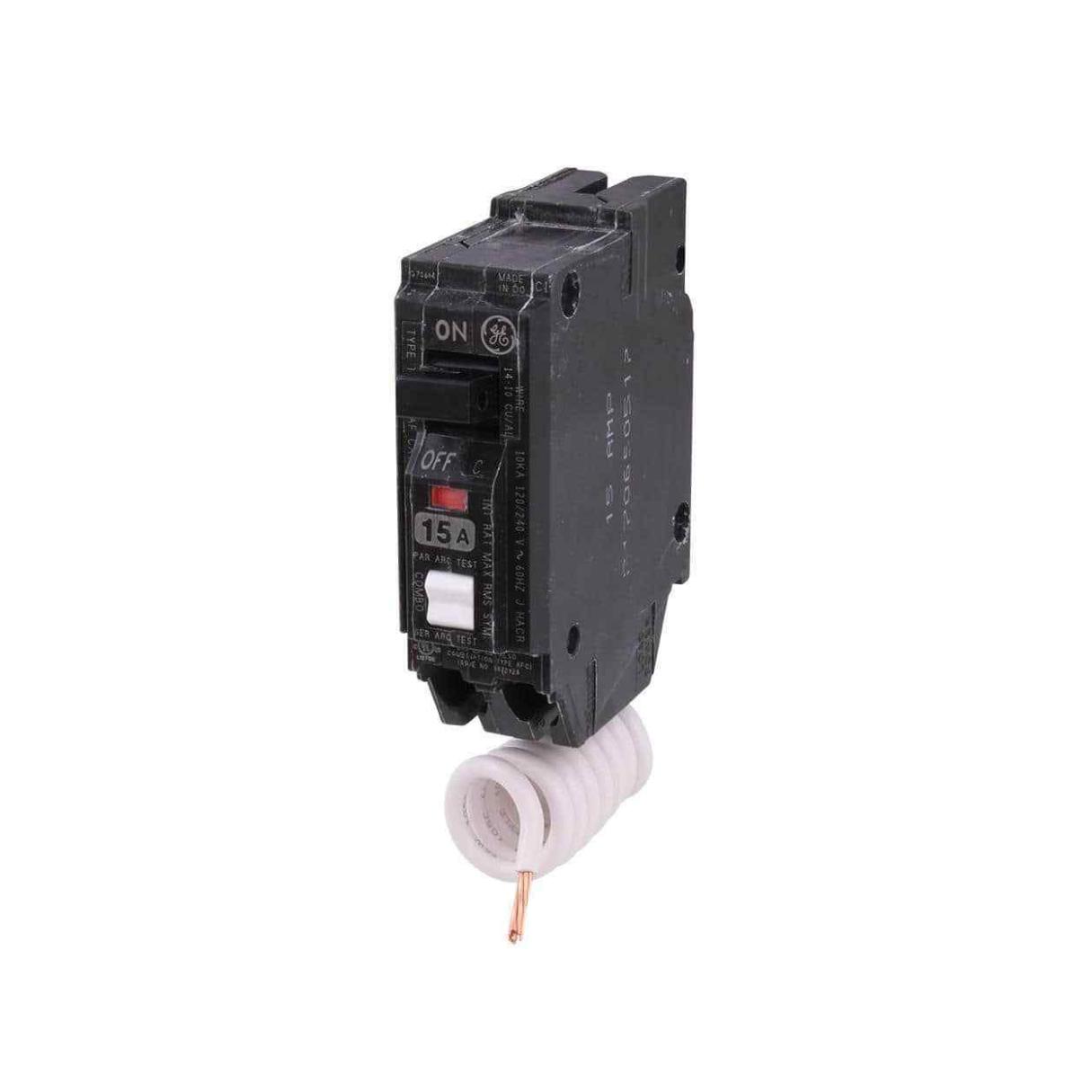

0 thoughts on “What Are 30 Amp Double Pole Breakers Used For”